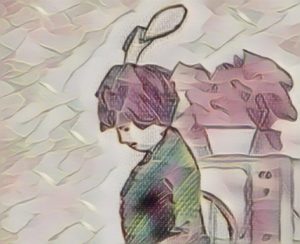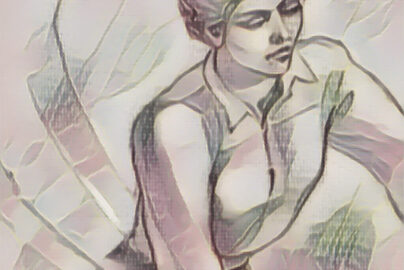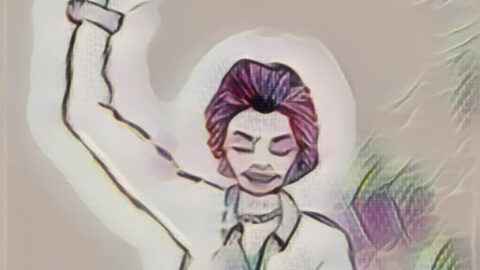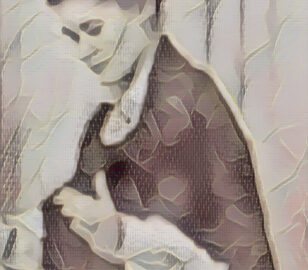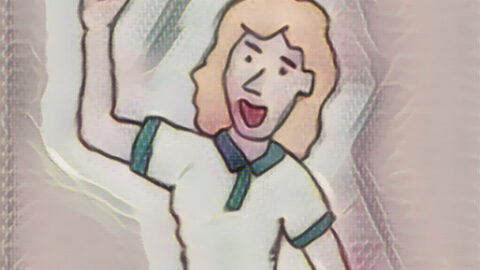My particular fascination with corporal punishment was, I must confess, shaped by experiences from every corner of my childhood. The memory of those days is as vivid as the scent of polished wood and the echo of hymnals in the old church on Sunday mornings. The anticipation would begin the moment we stepped into the cool, shadowed nave, sunlight streaming through stained glass, the air thick with incense and the low murmur of voices. Even before the service began, I could feel the weight of the week’s mischief pressing on my conscience, mingling with the sacred hush of the church.
It all began, as it does for so many children, at home. Our house was a bustling, sunlit place, with laughter and the occasional squabble drifting through the halls. As a boy, whenever I found myself in mischief—which, truth be told, was rather often—Father would fetch his trusty slipper. He was a tall man with a gentle but firm voice, and his study was a place of both mystery and consequence. The walls were lined with books, and the air always smelled faintly of pipe tobacco and leather. The ritual was always the same: the slow, deliberate walk to the study, my heart thumping in my chest, the heavy silence broken only by the ticking of the old clock. Father would sit in his worn leather chair, his eyes kind but resolute, and beckon me forward. There, he would place me over his knee and deliver a sound spanking, the sharp sting of the slipper echoing in the quiet room, leaving my bottom quite sore indeed! The sensation was a curious mix of pain and relief, a burning reminder of my wrongdoing, but also a strange comfort in the certainty of consequence. Yet, even as I sniffled, I always sensed a certain kindness in his eyes—a lesson given, but never cruel. Afterwards, he would ruffle my hair, his voice softening, and I would feel a rush of gratitude, as if the slate had been wiped clean.
My two sisters, Patricia and Carol, were not exempt from such discipline. Patricia, the elder, was bold and stubborn, while Carol, younger by two years, was quick-witted and mischievous. In their case, it was Mother who took charge. She was a petite woman with a determined jaw and a knack for finding lost socks and hidden sweets. The ritual for them was just as precise: Mother would call them into the kitchen, her voice calm but unyielding, and the girls would stand in a row, hands clasped behind their backs, eyes wide with apprehension. She wielded a wooden spoon for their spankings—at least, until the day it snapped in two across Patricia’s rather sturdy bottom. I remember the sharp crack, the stunned silence, and then Patricia’s triumphant grin, which quickly faded as Mother simply switched to her hairbrush, and the spankings continued as before. There was a certain choreography to it all: the scolding, the mounting anticipation, the swift justice, and then, afterwards, the comforting embrace and a promise to do better. The tears would dry quickly, replaced by a sense of closeness, as if the ordeal had drawn us all a little nearer.
In those days, corporal punishment was still quite the norm at school as well. My favourite teacher, Miss Thompson, was a tall, elegant woman with a stern gaze but a secret fondness for sweets, which she kept in her desk drawer. She would use a ruler across the backs of our thighs—the boys in shorts, the girls in skirts, naturally. The classroom would fall silent as she called a name, and the chosen child would walk to the front, cheeks flushed with embarrassment and anticipation. The ritual was almost ceremonial: the slow walk, the hush of the room, the sound of the ruler slicing through the air, and the sharp, stinging contact that left a red mark and a tingling ache. I found the whole process most intriguing, especially when it was a girl who was called forward. There was a strange camaraderie among us, a sense that we were all in it together, learning the rules of the world one sting at a time. The pain was fleeting, but the memory of standing at the front of the class, the eyes of our peers upon us, lingered long after, shaping our sense of justice and belonging.
As I grew older and reached the age of adventure, my interest in such matters only deepened. My first sweetheart, Linda, had very strict parents and attended a girls’ school across town. She was clever, with laughing eyes and a quick wit, and she would tell me stories of her school’s formidable headmistress, Mrs. Wilson, who was said to have a collection of canes for every occasion. There, the cane was used, not only on the hands but also across the girls’ thighs. Linda described the nervous giggles in the cloakroom, the whispered warnings, and the secret pride some girls took in their bravery. She spoke of the ritual with a mixture of dread and fascination: the summons to the headmistress’s office, the cold anticipation as she waited outside the door, the swish of the cane, and the hot, stinging lines it left behind. There was a strange intimacy in her stories, a sense that these moments, painful as they were, forged bonds of friendship and resilience among the girls. It all seemed terribly exciting and mysterious to me at the time!
(short pause) There were other moments, too—like the time I and my best friend David were caught climbing the apple tree in old Mr. Harris’ garden. We were marched home, muddy and sheepish, and both received a stern talking-to and a swift smack. The sting of the punishment was sharp, but as we sat together afterwards, comparing our sore bottoms and plotting our next adventure, I felt a curious sense of belonging, of being part of a world where rules were clear, consequences certain, and forgiveness always close at hand. The ritual of punishment, followed by reconciliation, seemed to bind us together, teaching us not only about right and wrong, but about the enduring strength of friendship and family.
(pause) Looking back, those childhood days were filled with lessons, laughter, and the occasional tear. The memories linger, as warm and bittersweet as a Sunday afternoon, and I would not trade them for anything in the world. The rituals of discipline, with all their pain and tenderness, shaped us in ways we could not have understood then—teaching us about love, forgiveness, and the quiet, enduring bonds that hold a family together.

























